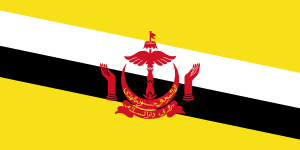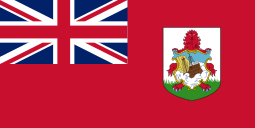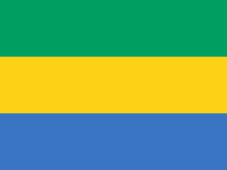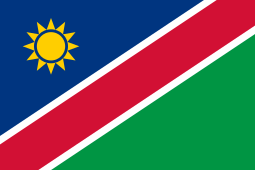Globalization and World Cities Research Network
The Globalization and World Cities Research Network, commonly abbreviated to GaWC, is a think tank that studies the relationships between world cities in the context of globalization. It is based in the geography department of Loughborough University in Leicestershire, United Kingdom. GaWC was founded by Peter J. Taylor in 1998.[1] Together with Jon Beaverstock and Richard G. Smith, they create the GaWC's bi-annual categorization of world cities into "Alpha", "Beta" and "Gamma" tiers, based upon their international connectedness.[2]
GaWC city classification
The GaWC examines cities worldwide to narrow them down to a roster of world cities, then ranks these based on their connectivity through four "advanced producer services": accountancy, advertising, banking/finance, and law.[3] The GaWC inventory ranks city economics more heavily than political or cultural factors. Beyond the categories of "Alpha" world cities (with four sub-categories), "Beta" world cities (three sub-categories) and "Gamma" world cities (three sub-categories), the GaWC cities include additional cities at "High sufficiency" and "Sufficiency" level.
The 2004 rankings added several new indicators while continuing to rank city economics more heavily than political or cultural factors. The 2008 roster, similar to the 1998 version, is sorted into categories of Alpha world cities (with four sub-categories), Beta world cities (three sub-categories), Gamma world cities (three sub-categories), and additional cities with High sufficiency or Sufficiency presence.
2018 city classification
The cities in the 2018 classification are as follows.[4]
Alpha
Alpha level cities are linked to major economic states and regions and into the world economy, and are classified into four sections, Alpha ++, Alpha +, Alpha and Alpha − cities.
Alpha +
Alpha + cities are highly integrated cities, filling advanced service needs:
Alpha
Alpha −
Beta
Beta level cities are cities that link moderate economic regions to the world economy and are classified in three sections, Beta +, Beta and Beta − cities.
Beta +
Beta
Beta −
Gamma
Gamma level cities are cities that link smaller economic regions into the world economy, and are classified into three sections, Gamma +, Gamma and Gamma − cities.
Gamma +
Gamma
































.svg.png)



Gamma −
Sufficiency
Sufficiency level cities are cities that have a sufficient degree of services so as not to be overtly dependent on world cities. This is sorted into High Sufficiency cities and Sufficiency cities.
High Sufficiency
Sufficiency




















.svg.png)























.svg.png)





















.svg.png)





































.svg.png)







.svg.png)




















.svg.png)




No longer classified
The following cities were included in the 2016 edition, but not in the 2018 edition.
1998 city classification
The cities in the 1998 (first) classification are the following:[5]
Alpha world cities (full service world cities)
In the 1998 data, numbers indicate world city-ness values ranging from 1 - 12.
Beta world cities (major world cities)
9

.svg.png)
.svg.png)

Gamma world cities (minor world cities)
6
4
Evidence of world city formation
Relatively strong evidence
Some evidence
Minimal evidence
See also
Notes
- Added in the 2016 edition of the classification.
References
- Taylor, Peter J. (2004). World city network: a global urban analysis. Routledge. p. ix. ISBN 0-415-30249-8. Retrieved 2010-10-10.
- Donald, Stephanie; Gammack, John G. (2007). Tourism and the branded city. London: Ashgate Publishing. p. 23. ISBN 0-7546-4829-X. Retrieved 2010-10-10.
- "GaWC City Link Classification 2018". Lboro.ac.uk. 13 November 2018. Retrieved 7 August 2019.
- "The World According to GaWC 2018". Globalization and World Cities Research Network. 14 November 2018. Retrieved 14 November 2018.
- "GaWC - Inventory of World Cities (1998)". www.lboro.ac.uk. Retrieved 2020-06-02.
